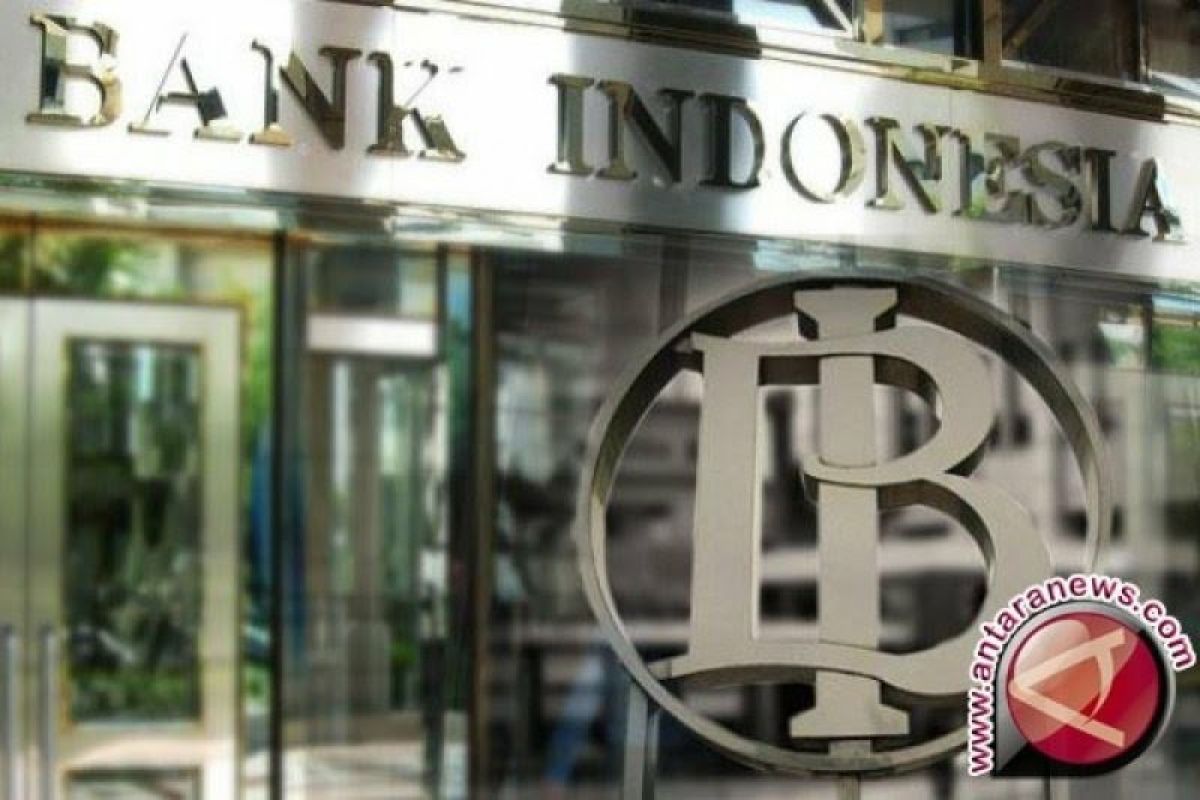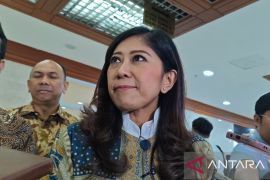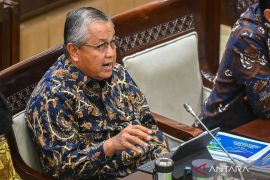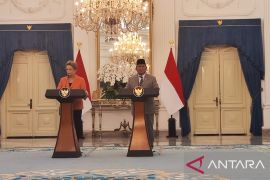Meanwhile, the current account deficit rose from US$7.0 billion (2.6 percent of the GDP) in the previous quarter to $8.4 billion (3.0 percent of the GDP) influenced by seasonal trends of repatriate dividends and service interest payments on external debt, as well as a global economic moderation and lower commodity prices.
Accordingly, despite a deficit of $2.0 billion in Q2 of 2019, the BoP registered a surplus of $0.4 billion in the first half of 2019.
Related news: Balance of payment control needed to meet global pressure: Minister
The surplus was backed by a surge in the capital and the financial account and managed a current account deficit of 2.8 percent of the GDP which lay within the safe range, Widjanarko remarked.
The position of the official reserve assets stood at $123.8 billion at the end of June 2019, equivalent to 7.0 months of imports or 6.8 months of imports and servicing government’s external debt, which is well above the international standard of three months of imports.
The capital and financial account surplus remained significant in Q2 of 2019 despite mounting uncertainty in the global financial markets and the seasonal trends of external debt repayment, Widjanarko said.
The capital and financial account in Q2 of 2019 recorded a $7.1 billion surplus, bolstered by foreign capital inflows in the form of direct investments and portfolio investments.
Inflows in foreign direct investments increased to $7.0 billion from $6.1 billion in the previous quarter, he said. (INE)
Related news: BI outlines Indonesian payment visions
Related news: Indonesia's current account deficit declines in Q1
EDITED BY INE
Translator: Azis Kurmala
Editor: Fardah Assegaf
Copyright © ANTARA 2019












